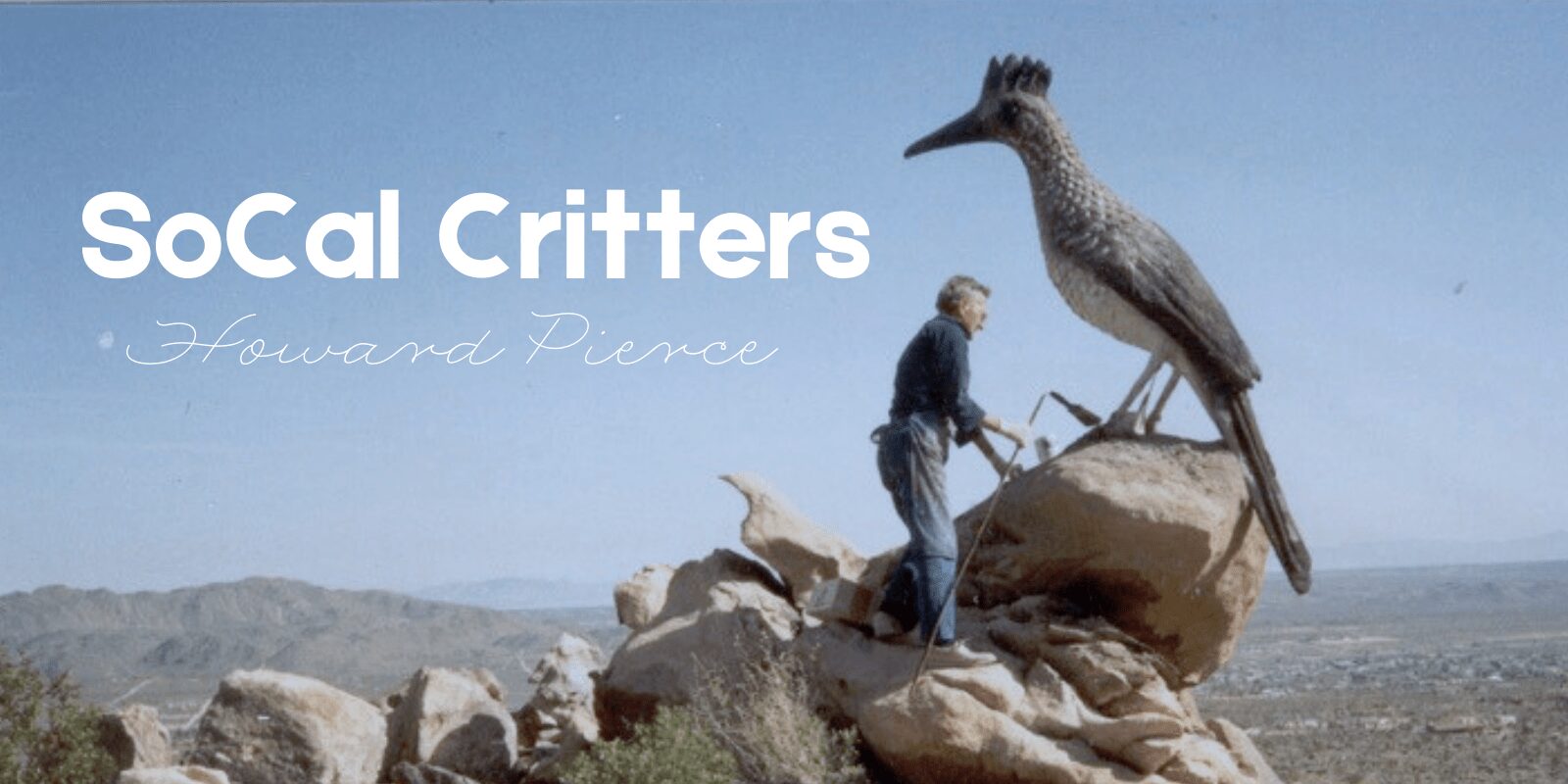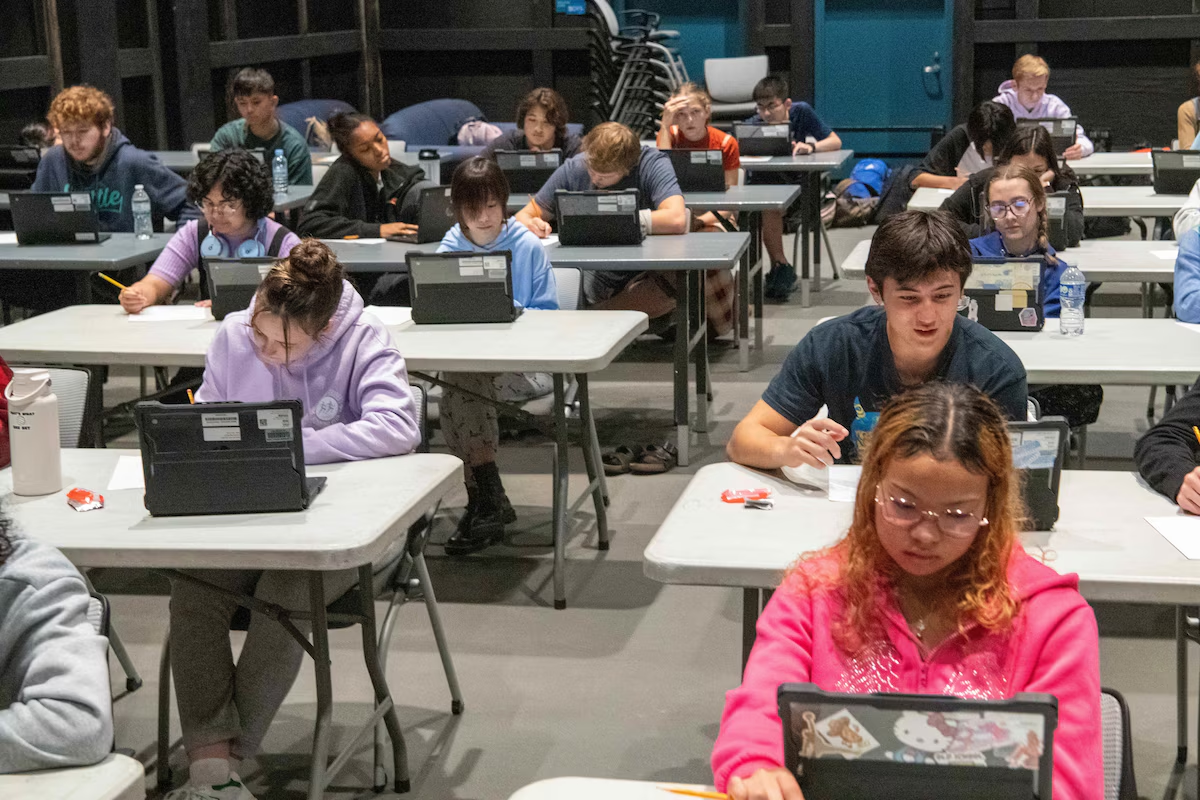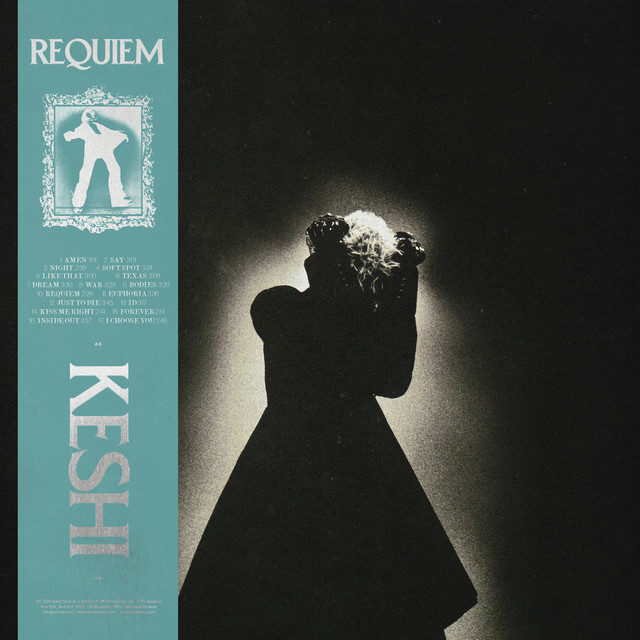Kate Kim
Crimson Chronicle Reporter
Southern California is home to many different animals, from speedy roadrunners in the desert to squirrels in the city. Howard Pierce has turned these creatures into fun and stylish ceramic sculptures. His work, loved by collectors and art fans, is now featured in the “SoCal Critters by Howard Pierce” exhibition at the American Museum of Ceramic Art in Pomona. The exhibit showcases about 50 of his unique animal figures.
Tickets are $7 for students and $14 for Adults and the exhibition is open from February 8 to July 29, 2025.
Pierce’s sculptures are small but full of personality. With smooth lines and simple shapes, he has made each animal come to life. His artwork captures both city and nature scenes, making them feel familiar to people who live in Southern California. Whether it’s a curious quail or a playful chipmunk, his ceramics celebrate the beauty of local wildlife. Pierce’s creative animal sculptures help people of all ages connect with both art and wildlife in a fun and unique way, reminding us of the amazing animals that are here and surviving.
Pierce started his art journey in Claremont, California, where he began learning ceramics from the well-known artist William Manker. He improved his skills in drawing and sculpting, as he created a unique style that was both simple and elegant. After serving in World War II, he became a well-respected artist in the Mid-Century Modern movement, making ceramic animals that people across the country collected and loved.
In 1968, Pierce moved to Joshua Tree, where the desert’s atmosphere became a big inspiration for his work. He sculpted animals such as tortoises, coyotes, owls, and roadrunners, capturing the spirit of the creatures that he saw every day. His ability to bring animals to life in ceramic made his work both playful and timeless.
“SoCal Critters by Howard Pierce” is a wonderful way to explore the work of an artist who loved nature and turned it into art. Through this exhibition, the museum invites visitors to enjoy Pierce’s sculptures and appreciate the wildlife that still thrives in Southern California today.



